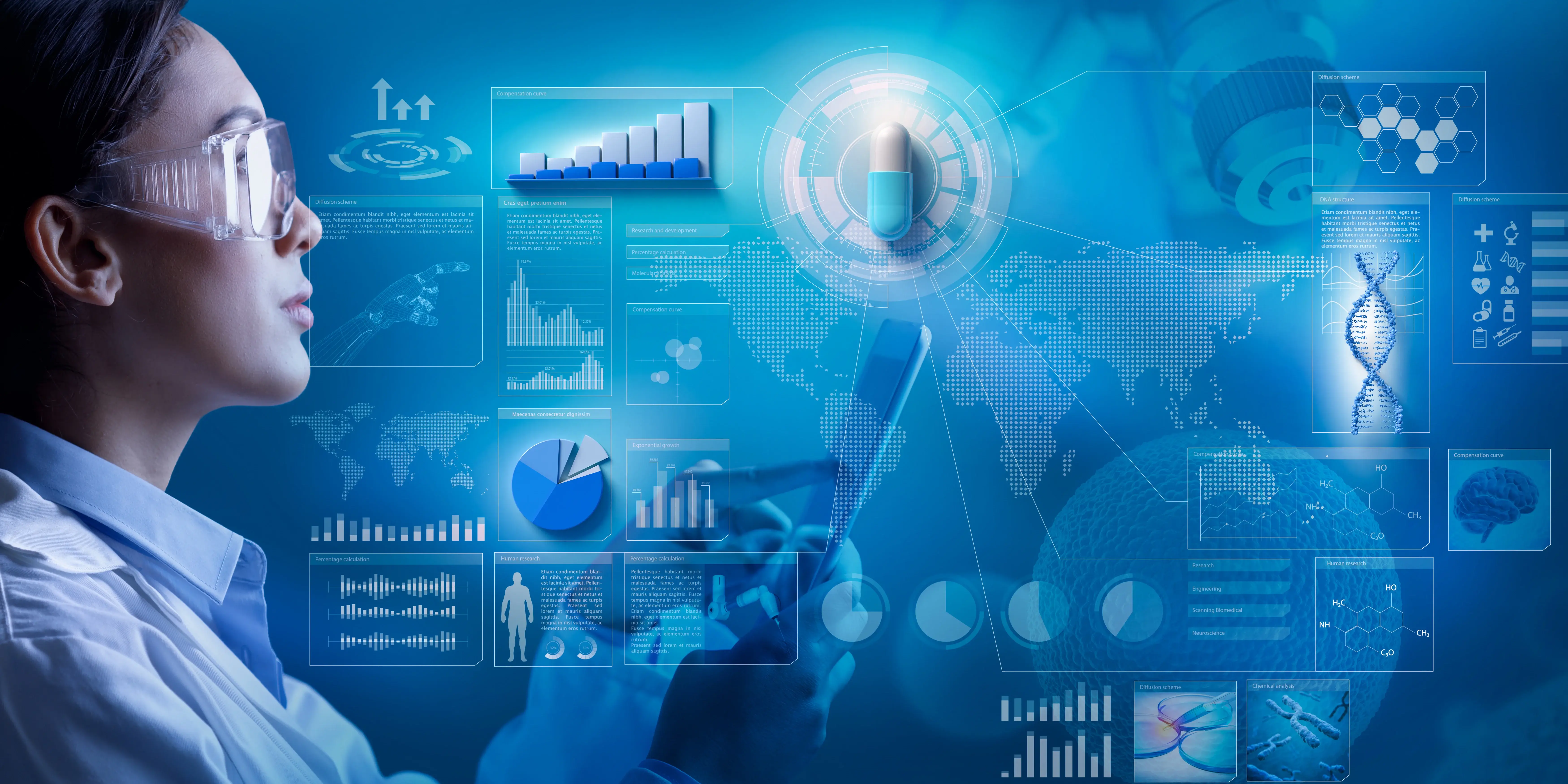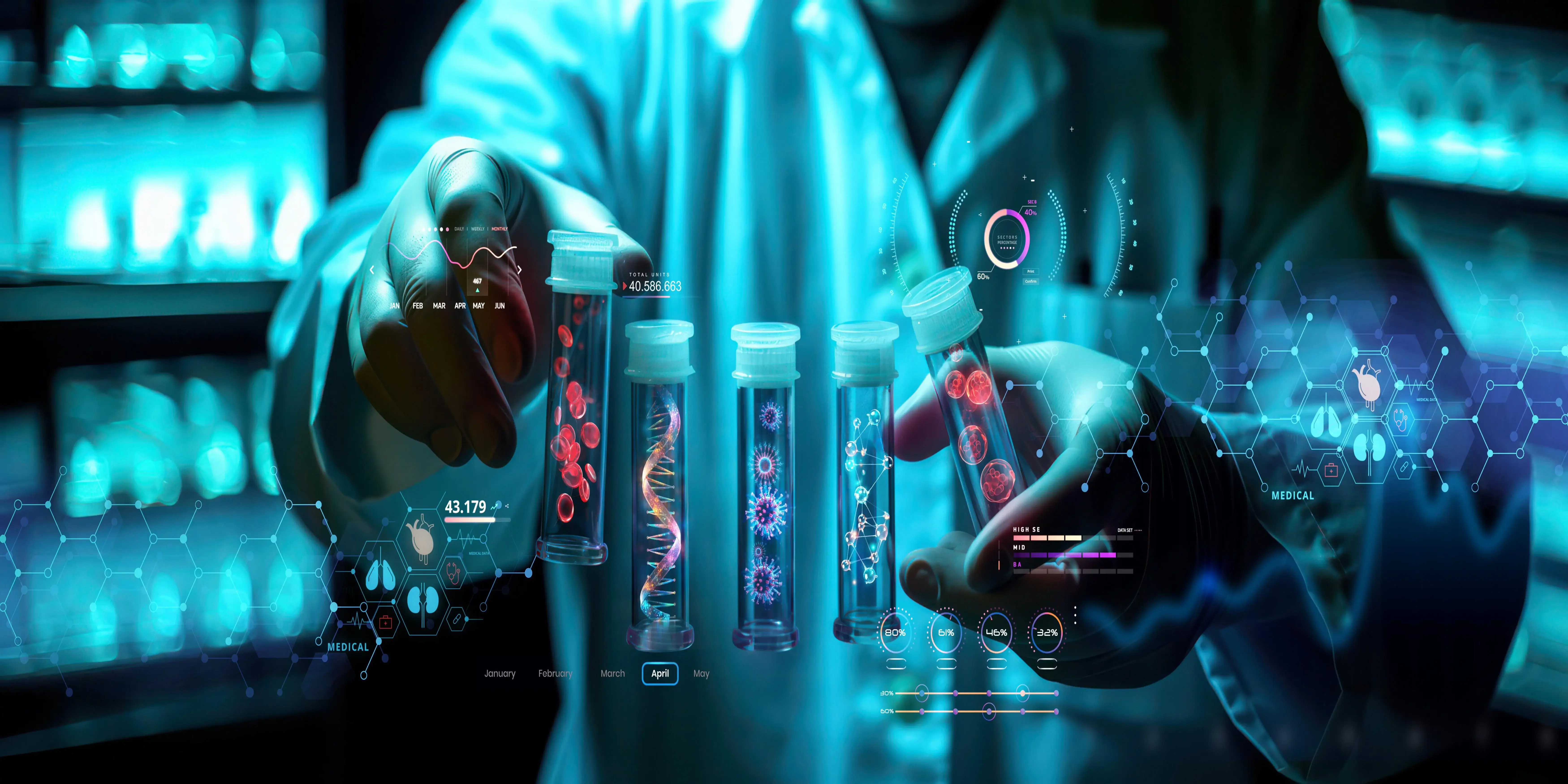Drug development is a multi-year process that involves a long chain of processes to ensure that the newly developed drugs are safe and effective for use in the market. This research article goes into the crucial stages involved in drug development, outlines their importance in new drug launches, challenges encountered, and the regulatory aspects involved.
Overview of Drug Development
What is drug development
Drug development is a process whereby a new pharmaceutical product goes all the way from its conceptual stage to its market availability. This encompasses discovery, preclinical experiments, and clinical experiments. The latter culminates in final regulating approval such that each stage contributes to ensuring safety, efficacy, and quality before introducing it in public use.
Importance of Phases in Drug Development
Drug development is divided into phases to systematically and progressively assess the drug's risks and benefits. Each phase is thus a milestone that marks a checkpoint before moving forward in drug development, judged on scientific and regulatory standards. The stepwise process minimizes risks and maximizes the possibility of success in developing a safe and effective drug.
The Drug Development Process
Discovery Stage
This is the discovery stage in which exploratory research occurs. Researchers, in this stage, are keen to understand the mechanism of the diseases and disease targets identified for potential drug interactions. High throughput screening, computer modeling, and other techniques are put in place to determine and optimize lead compounds with the potential for interaction with such targets.
Preclinical Testing
The drug is then tested preclinically, and this may include in vitro and in vivo tests. In such experiments, safety, pharmacokinetics (what the drug is absorbed, distributed, metabolized, and excreted), and pharmacodynamics are checked to establish whether it affect the biological aspects of the patient. The period usually lasts for 1-2 years.
Safety and Dosage
It is given to a small number of healthy volunteers, primarily 20-100 people. Its main purpose is to assess the safety profile of the drug and its side effects as well as an optimum range of dosage. Researchers also observe how the body metabolizes and excretes the drug. This gives the science community a clue on the best way the drug should be administered and dosage at their safest levels.
Efficacy and Side Effects
It is safe from what has been found out in the Phase 1 trials. In Phase 2, the phase will be more on testing for a bigger group of patients (100-300) with the targeted condition. At this point, its primary objective is to check whether the drug is effective as well as observe the drug's safety. Phase 2 trials give first hints as to how the drug acts and the optimal dosage regimen can be fine-tuned. This stage typically lasts for 2-3 years.
Later Stages of Clinical Development
Generalized testing
It is the last and most extensive stage of clinical testing, wherein the drug has to be prepared for regulatory approval. It involves a far more comprehensive number of participants compared to the one mentioned here, about 1,000-3,000, to ascertain that the drug offers all the specified efficacy, monitors side effects, and compares it with standard treatment in its class. Thus, these trials ensure the complete safety and effectiveness data about the drug. In case Phase 3 is successful then the drug sponsor can submit regulatory approval to bodies such as the FDA or EMA.
Regulatory Review and Approval
On completion of phase three trials, the company has to submit an NDA to the regulatory authorities. The application must include data from preclinical studies and all clinical trials. Upon its evidence, the regulatory authority clears the drug as safe for marketing in conducting the desired action intended. Once cleared, the company receives marketing authorization hence starting its surveillance post-marketing.
Post-Market Surveillance
Post-marketing surveillance comes after a drug has been approved and permitted to enter the marketplace. These essentially aim at real-world, long-term safety and efficacy monitoring of the drug. They can find rare side effects or problems that are missed at other stages. Phase 4 trials might also explore new uses for the drug.
Challenges and Considerations in Drug Development
High Costs and Time Constraints
Indeed, this is quite one of the most expensive, time-consuming endeavors in a highly cyclical process from discovery to regulatory approval. It usually takes more than a decade and costs millions of dollars. To make matters worse, most candidates do not pass the clinical trials, with a high failure rate.
"Innovation vs Safety"
The other critical issue is striking the appropriate balance between new product development and safety for patients. The developers of essential drugs ensure their products are developed fully in relation to demanding safety standards while putting forward the frontiers of medical science. It is pretty challenging to meet regulatory requirements, conduct large-scale trials, and maintain a quality manufacturing process.
Conclusion
The process of developing drugs is highly complex in the sense that it strikes a balance between scientific discovery and regulatory compliance to patient safety. The difference between success and failure in the development cycle is quite huge, and new technologies and methodologies, therefore, continue to revolutionize the process involved in drug development; they promote more efficient and cost-effective routes toward new treatments. Nevertheless, the cost and time to complete related issues as well as the regulatory hurdles continue to be at the forefront of the industry's focus.



